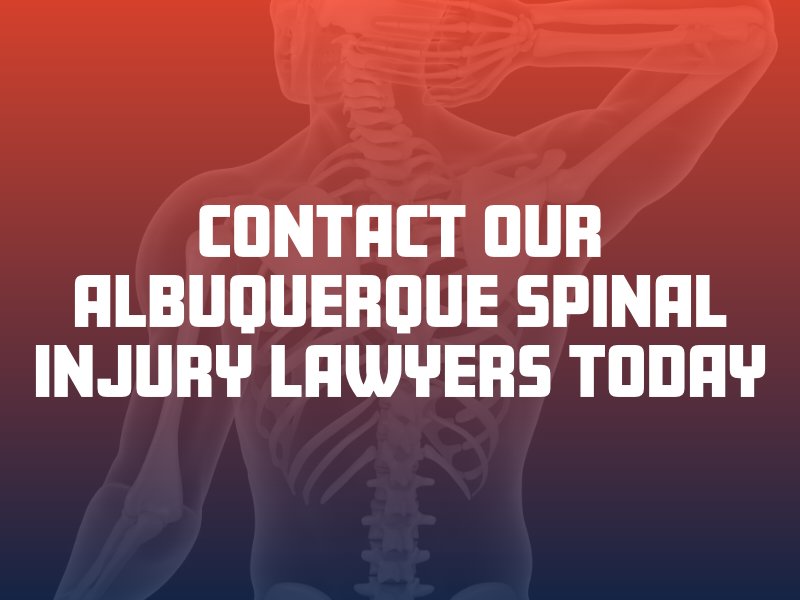A spinal cord injury is often referred to as catastrophic – meaning it inflicts a severe level of harm on the victim or results in life-changing debilitation. The spine is responsible for transferring messages to and from the body and brain. When any part of the spine gets injured, it can disrupt this messaging system and result in permanent injury. The level of the spinal cord injury can determine a patient’s symptoms and prognosis for recovery.
Coccygeal Spinal Cord Injury
There are five main levels or regions of the spine. From bottom to top, they are the coccyx, sacrum, lumbar, thoracic and cervical spine. The bones that make up the spinal cord, the vertebrae, are numbered within these regions. The coccyx is located at the very bottom of the spine, also known as the tailbone. It consists of four fused (fixed) bones that provide a base for the muscles and soft tissues of the pelvic floor. Injuries to the coccygeal spine or tailbone can cause pain and discomfort, and are often slow to heal. They may also cause temporary tingling or weakness in one or both legs.
Sacral Spinal Cord Injury
The sacrum or sacral spine is directly above the coccyx. It connects the spinal cord to the bones of the hips. This part of the spine consists of five vertebrae (S1-S5) that are fused together. The specific vertebra injured will determine the effects of the injury on the victim. Typically, injury to the sacral spine causes partial damage to function and feeling in the legs (from the waist down) and does not affect the upper body. Bowel and bladder functions can also be affected by sacral spine injuries. However, most patients with these injuries are able to walk.
Lumbar Spinal Cord Injury
The lumbar spine consists of five vertebrae (L1-L5) that connect the bottom part of the spine to the middle of the back. The primary function of the lumbar spine is to support the weight of the body. The vertebrae located here are larger in size than others to absorb the impact of carrying and lifting heavy objects. Injury to the lumbar spine or nerve roots will only affect the lower body. It can cause weakness or paralysis in the legs that may be irreversible, requiring the patient to use a wheelchair or walk with braces. The extent of the damage will depend on injury severity.
Thoracic Spinal Cord Injury
The thoracic spine refers to vertebrae T1-T12, in the middle of the back. The main function of this part of the spine is to protect the heart and lungs by attaching to the rib cage. Thoracic spine injuries can affect movement and sensation in the trunk, abdomen and chest, as well as important organs such as the lungs and heart.
Damage to the T-1 through T-5 nerves can affect the upper chest, mid-back and abdominal muscles. These muscles control the rib cage and lungs to help you breathe. Damage to the T-6 through T-12 nerves affects the abdominal and back muscles. These muscles provide balance and help you cough to clear your lungs of foreign matter.
Cervical Spinal Cord Injury
The cervical spine is located in the uppermost portion of the back and neck (C1-C8). When the C5-C8 vertebrae are injured, it can affect movement and sensation in the patient’s arms and hands. Injury to the vertebrae in the neck, C1-C4, can cause the most severe level of damage. Patients with these injuries may suffer permanent paralysis in the trunk, arms, hands and legs. They may not be able to breathe on their own and may also experience a loss of bowel and bladder control. This condition is known as quadriplegia or tetraplegia.

All types and levels of spinal cord injury are serious and should be treated immediately. If you or a loved one suffers a back or neck injury in an accident in Albuquerque, contact the Albuquerque spinal cord injury attorneys at The Fine Law Firm to request a free consultation.




